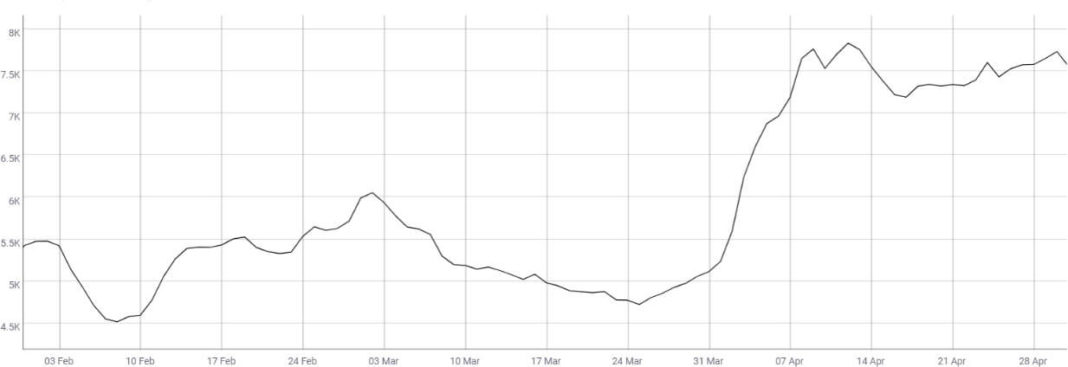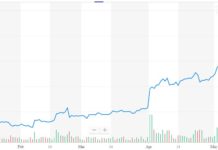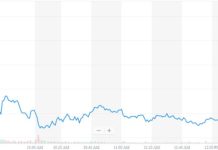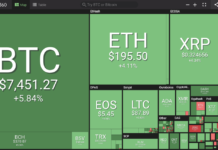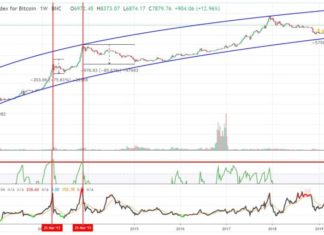[ad_1]
Bitcoin has more full nodes than XRP has active addresses, observed one crypto commentator. The conversation is part of a larger debate around centralization and other fundamental differences between BTC and XRP which make them difficult to compare.
As stated by crypto commentator Kevin Rooke on Apr. 5th, Bitcoin nodes exceed the number of active XRP addresses. The most recent data shows the number of full nodes at 9,567 while the 30-day average for active XRP addresses sits at 7,570.
For clarity, any computer connected to the Bitcoin network is a node, while a node that fully verifies all of the Bitcoin protocol’s rules are called full nodes. Full nodes download every block and transaction and check them against consensus rules.
Meanwhile, active addresses are the number of unique sending addresses that have made or received a transaction within the last 24-hours.
However, as noted by Matt Hamilton, a software developer and XRP advocate, active addresses for XRP are underrepresented because of XRP Ledger’s ‘destination tag’ feature, which allows for a single XRP address to have many subaddresses. Meaning, the total number of active addresses is undercounted.
Yup. XRP is much more efficient than BTC with addressing as it has destination tags to facilitate subaddressing. So a single XRP address can service an entire exchange.
— Matt Hamilton (@HammerToe) May 5, 2019
A more direct comparison would be to look at the number of active addresses between Bitcoin and XRP. Without adjustments, Bitcoin has 100 times as many active addresses as XRP.

The data indicates there is a far greater number of people using bitcoin on a daily basis for conducting payments, even with Bitcoin’s much higher fees and longer validation times.
When comparing the number of nodes for the two systems directly, it is possible to draw a similar conclusion. Validators in XRP Ledger’s consensus algorithm, Ripple Protocol Consensus Algorithm (RPCA), are analogous to full nodes on the Bitcoin network.

XRP Ledger has 29 validators on its default unique node list (UNL) chosen from a pool of 139 validators. The UNL is a list of nodes chosen by participants which they trust not to defraud them.
In combination with the above figures, XRP Ledger is frequently criticized for the alleged centralization of its system, with the majority of XRP tokens owned by Ripple and other insiders at the company. At the same time, Bitcoin and Ethereum are scrutinized for the wastefulness of proof-of-work mining, susceptibility to 51% attacks, and geographic centralization of mining in China.
Filed Under: Bitcoin, Ripple, Technology
Disclaimer: Our writers’ opinions are solely their own and do not reflect the opinion of CryptoSlate. None of the information you read on CryptoSlate should be taken as investment advice, nor does CryptoSlate endorse any project that may be mentioned or linked to in this article. Buying and trading cryptocurrencies should be considered a high-risk activity. Please do your own due diligence before taking any action related to content within this article. Finally, CryptoSlate takes no responsibility should you lose money trading cryptocurrencies.
[ad_2]
Source link

